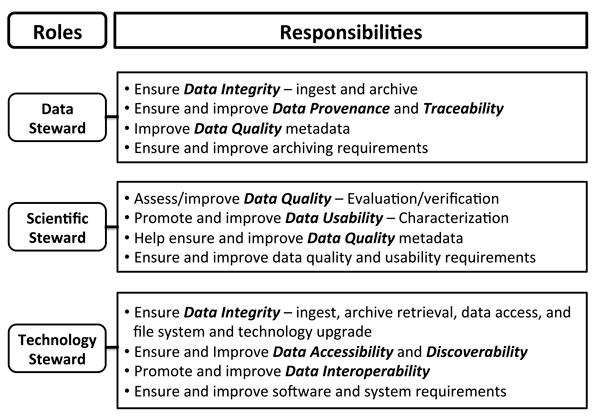


Many traditional degree-seeking students returned to in-person learning when schools reopened in 2021, but online education as a whole continued to grow. As of 2021, remote learning numbers remained high, with about 60% of college students taking some or all of their classes online. learners studied entirely online, and another 28% took at least some courses remotely. In 2020, the number of online students at traditional higher education institutions exploded as schools shifted courses online amid lockdown restrictions. By 2019, that number had risen to 36%, about half of whom attended exclusively online. college and university students took at least one distance learning course, NCES reports. In 2012-a watershed year in online education that saw the founding of MOOC giants edX and Coursera-over 25% of U.S. In 2020, the onset of Covid-19 disrupted traditional education, abruptly forcing students, instructors and administrators to adapt to remote learning models.Įven before the pandemic, however, remote learning had been growing steadily for almost a decade as daily life became more digitized and remote learning technology and infrastructure improved. Female students outnumbered male students among both full-time and part-time enrollees, making up about 62% of all learners. Another 1.2 million learners took classes part time. In 2020, primarily online schools enrolled over 1.5 million full-time degree seekers. Others began as traditional campus-based institutions, later establishing online divisions that grew to dwarf their brick-and-mortar counterparts. Often catering to working students, some online schools have always offered fully remote programs. colleges and universities-422 institutions in total-fit this profile. NCES defines primarily online schools as those enrolling 90% or more of their student body in distance education.

college students attended primarily online institutions. Many online degree seekers attend traditional schools, but as of 2020, about 15% of all U.S. Alaska, Hawai’i and New Hampshire boast the highest percentages of online students in the United States. Online enrollment levels vary depending on where students live. With many schools opening classrooms for in-person learning again in 2021, the percentage of students enrolled in distance learning courses dropped to about 60%-still much higher than in pre-pandemic years. NCES reports that 75% of all postsecondary students in the U.S.-over 14 million learners-took online classes in fall 2020 as the pandemic restricted in-person learning, whereas only 36% had enrolled in distance education in fall 2019. The Covid-19 pandemic accelerated the availability of online learning in higher education starting in 2020. Another 2.7 million remote learners attended private schools, including 1.9 million at nonprofit institutions and nearly 800,000 at for-profit schools.

According to the National Center for Education Statistics (NCES), public colleges enrolled about 8.5 million online students in 2021.


 0 kommentar(er)
0 kommentar(er)
